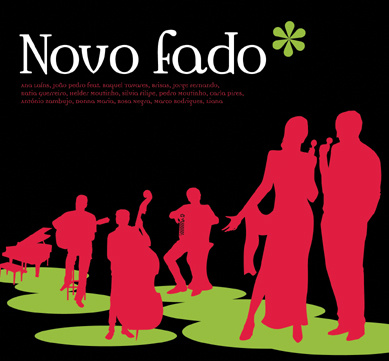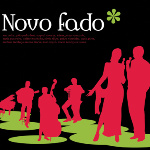
Songs
- artist:Various Artists
- featured artist:Various Artists
- release year:2006
- country:Portugal
- formats:CD (Compact Disc)
- record posted by:Difference Entertainment
- label:Difference Entertainment
- buy this record
A tomorrow filled with saudade
According to tradition, in the beginning there were three fados: the Menor, the Corrido and the Mouraria. From this melodic tree, innumerous songs were built, distinguishable only through lyrics and interpreters. With time, the foundations of fado came to suffer changes, fruit of the creators’ and the fadistas’ personalities. In their own time, they may have been seen as escaping from the canons. But, nowadays, those ramifications belong to the group of the so-called traditional fados.
Simultaneously, other branches grew in a more disorderly fashion. And, like climbing trees, they wound themselves round other fruit trees, trying not to lose the original trunk from sight. That is how, in the second half of the 20th century, the so-called “fado canção” and the “fado musicado” were born. Unlike the traditional one, the “fado canção” isn’t inevitably packaged in a rigorous metric. One of the most talented innovators in this area was Alain Oulman, who wrote songs and made arrangements in some of the most famous music themes of Amália Rodrigues. At the time, these fados were looked upon with mistrust by the purists. But time came to inscribe them in the classics’ gallery.
Today, the fado faces itself with new knots. And also fertilizers, plastic poles and skyscrapers’ shadows. Any popular urban music cannot remain indifferent to the city growing around it. Despite the ever-present respect for the roots, new times require new voices, new harmonies, new lyrics. For we don’t cry nor laugh in the 21st century like we did in the 19th.
Happily, the harvest has been good. Sour and sweet fruits, hard and tender, ripe and green, big or really small. That is, for all tastes. Those who keep themselves near the trunk and those who try to settle in such thin branches that they almost fall off the tree.
Nowadays, there are thousands of fados. And the interpreters enrich the music with their personal readings, that are as diverse as this record. There is space for new instruments and for fusions with other genres. There’s jazz in the surprising partnership between Jorge Fernando and the Brazilian composer Egberto Gismonti, or in Bernardo Sassetti’s piano enhancing the colour in Katia Guerreiro’s voice. The sweet fado of Ana Laíns and Liana. The incredible ecletism of the bands Donna Maria and Brisas. The more traditional register of Helder Moutinho and Pedro Moutinho. Or Alentejo’s taste in António Zambujo.
The future of fado will certainly go through some of this album’s proposals. These are some vanguards that try to guess tomorrow’s saudade.
Manuel Halpern (author of The Future of Saudade)


